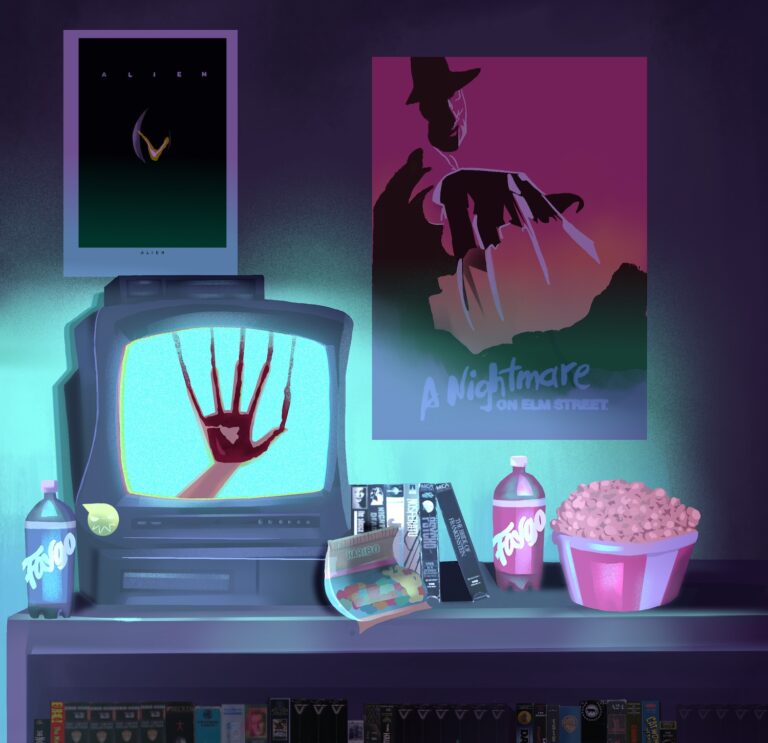If you feel an eerie presence, it’s probably because National Horror Movie Day is back to haunt your TV.
Begun in 2023 with a simple objective: Go enjoy a good horror movie. And Oct. 23 was chosen because it is filmmaker Sam Raimi’s birthday.
They recommend celebrating in the following ways:
*Plan a horror movie watch party with friends and family. Pick a new movie every night starting October 23 through Halloween.
*Throw a costume party in celebration of the Halloween season and have guests dress up in their favorite horror movie character. Remember to prepare your food and drinks around horror movie inspiration.
*Attend a horror movie convention or film festival, you’ll experience love and acceptance unlike any other place.
*Visit a haunted house and see how many of your favorite horror movie characters are scaring the jeepers out of you.
*Read a horror book that has been adapted to the big screen. Authors like Stephen King are favorites among readers and horror movie buffs.
*Support independent horror by watching an indie horror film or short horror movie created by independent filmmakers. Independent horror often brings fresh and unique perspectives to the genre.
*Share your love for horror movies by connecting with others who love horror, too. Share your favorite films and horror movie party ideas on social media using #NationalHorrorMovieDay.
Halloween Every Night put together this year’s list of eight great horror films and a bonus movie — all celebrating big anniversaries in 2025 — that give viewers a classic to watch each night until Halloween. Settle in, enjoy … and don’t look behind you.
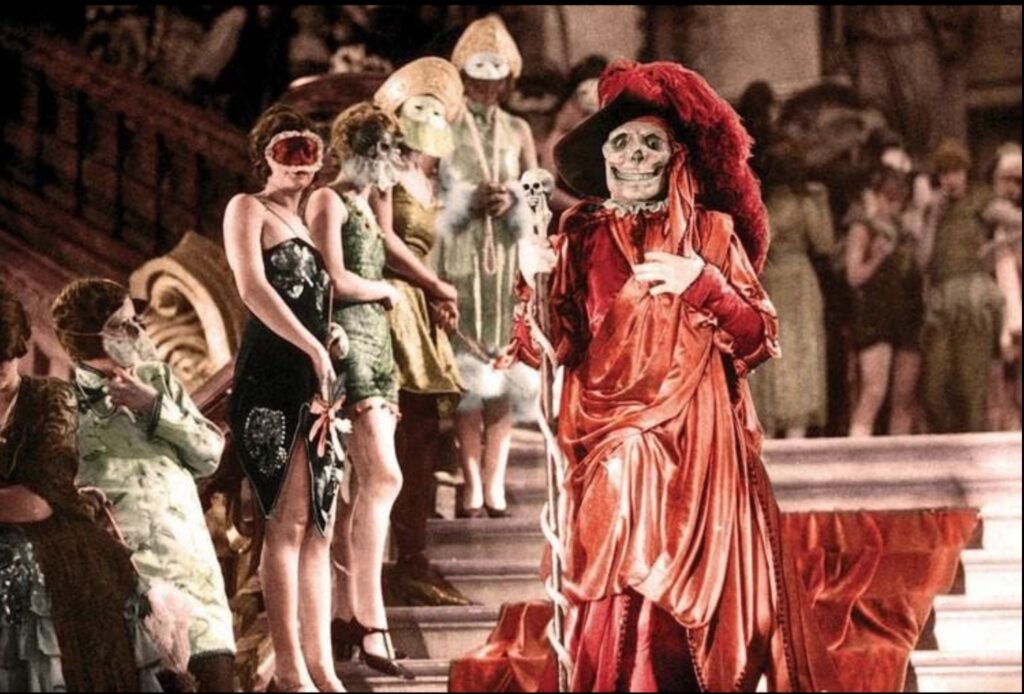
●The Phantom of the Opera (1925) … An already classic tale when it was told here on the big screen for the first time, and the added underlying theme of post-World-War-I trauma can be read as a searing indictment of “Roaring ‘20s” America trying to bury the ghosts of war. Actor Lon Chaney famously did his own makeup, and it’s some of most striking in film history. When Chaney simply wears a mask, it is strikingly similar to those worn by WWI veterans who had been disfigured.
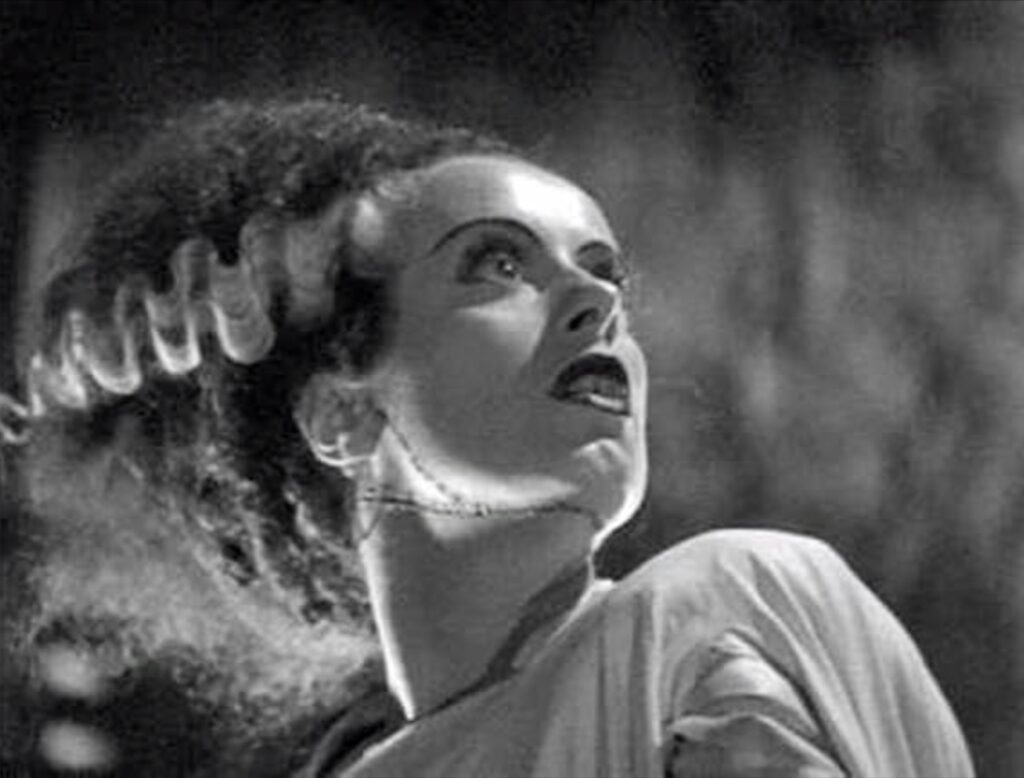
●Bride of Frankenstein (1935) …One of the films that seemed to thumb its nose at the Hays Code and got away with it is also considered one of the greatest American films ever made. The sequel to Frankenstein is a delicacy of writing, directing, acting, cinematography and production design. Adapting the second half of Mary Shelley’s novel, the film features Boris Karloff’s return as the Monster, a brief but iconic performance by Elsa Lanchester as the bride and a campy, clearly gay Mephisto-type Dr. Pretorius. Also it continues to provoke with anti-religious themes and even the suggestion of necrophilia.
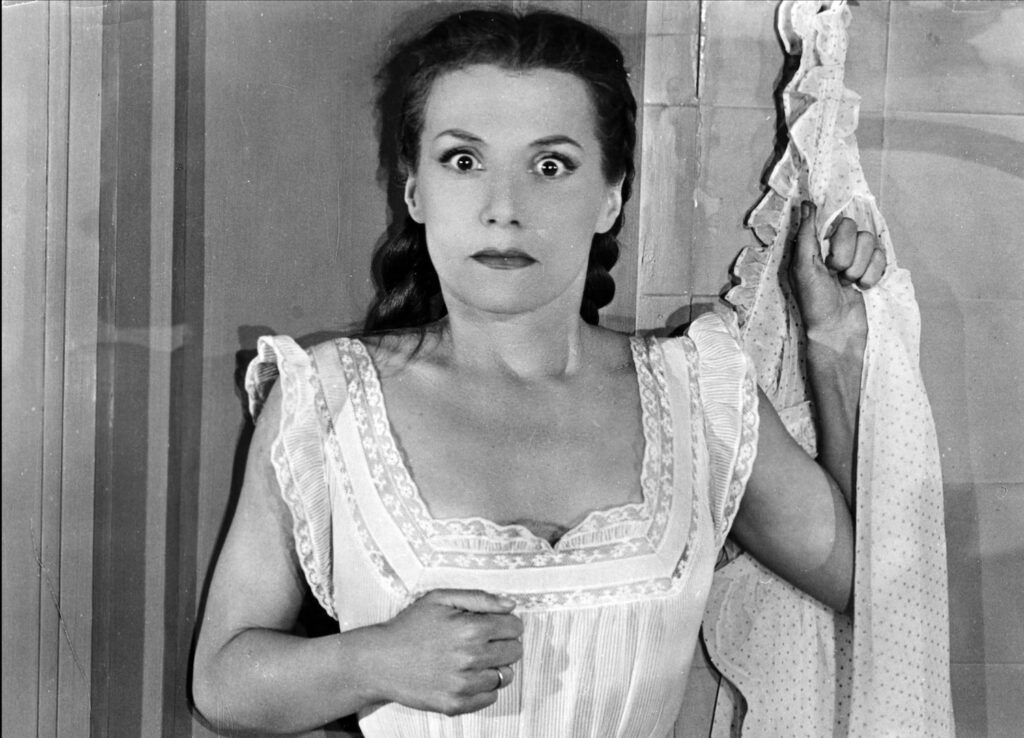
●Les Diaboliques (1955) … The common view is this film is Hitchcock without Hitchcock. It’s more than that. French director Henri-Georges Clouzot beat the iconic director to the film rights for the book and made probably the greatest thriller in the history of European film. A twisty psychological thriller about manipulation and deception between a cruel man, his wife and his mistress. It can also be seen as a reflection of the lingering bitterness many French people held for the Vichy French, who collaborated with the Nazis during World War II.
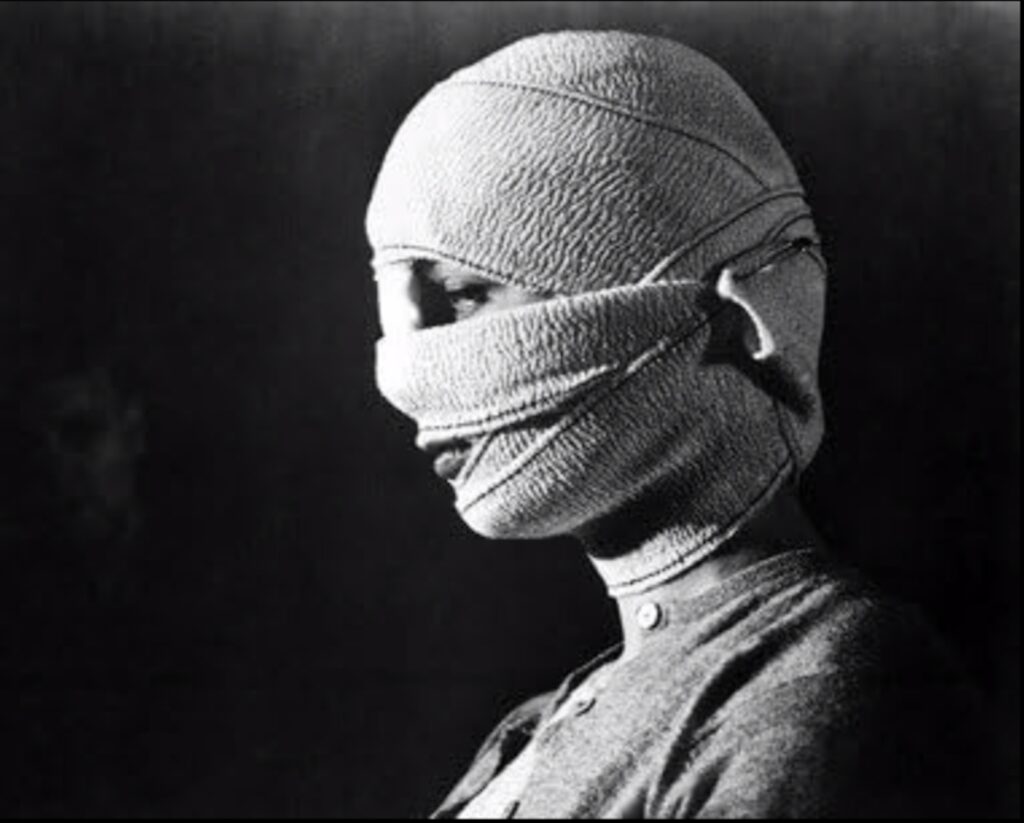
●Eyes Without A Face (1960)…France’s one truly great horror film pushed the boundaries of censorship of the time, but American audiences were only able to see the uncut version decades later. When they did, they got a poetic yet brutal tale of a surgeon’s guilt and obsession over giving his disfigured daughter a face transplant.
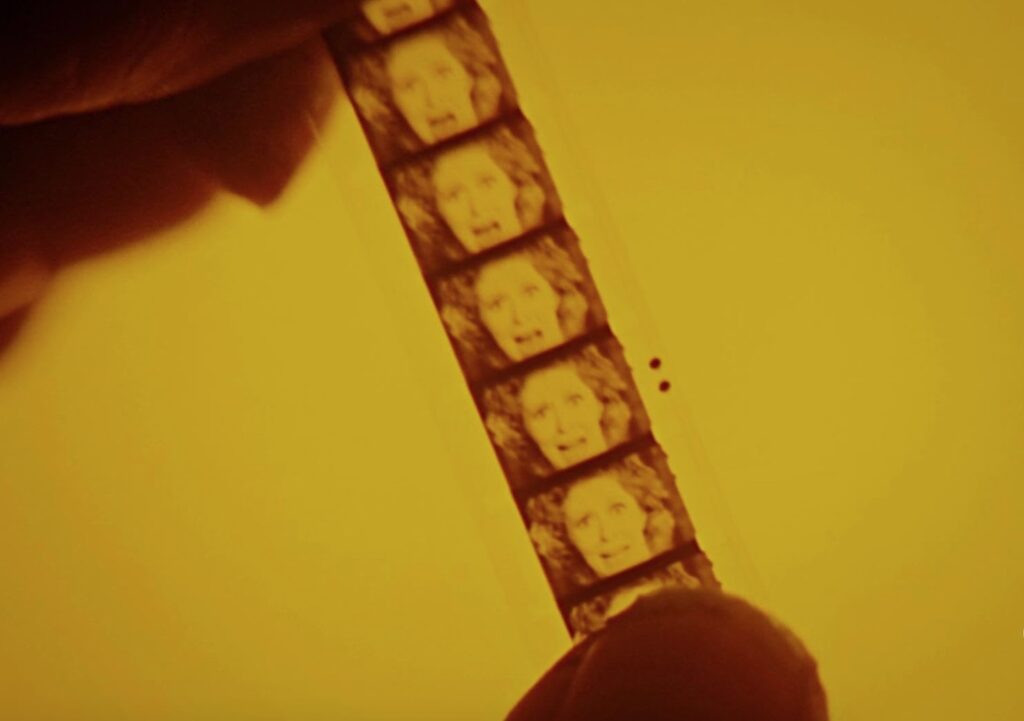
●Peeping Tom (1960) … British director Michael Powell’s career took a serious hit from this provocative, controversial proto-slasher film about a deranged photographer. In it, Powell and screenwriter Leo Marks challenge the audience to ponder that movies are a form of voyeurism and, in a sense, we have become addicts and fetishists like the killer. It also premieres a few months before Hitchcock’s Psycho and shares similar themes and subtext.
Though it flops, and is censored or banned in other countries in Europe, it has come to be regarded as a masterpiece and one of Britain’s greatest films.
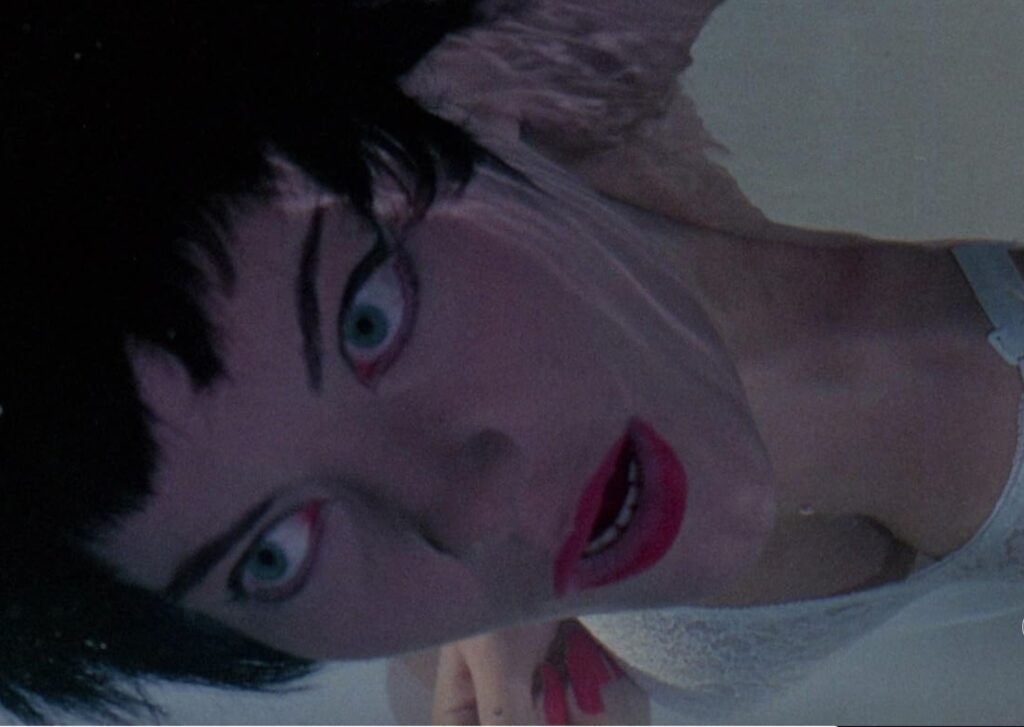
●Blood and Black Lace (1964) … Though mostly misunderstood in its time, the film is an influential giallo prototype, like his previous film The Girl Who Knew Too Much, and one of the best of Italian horror icon Mario Bava. The film follows a series of ever-increasingly brutal murders of models in Rome by a masked killer.
One of the first horror films — other than some of Hammer’s classics — to use color, Bava saturates the screen in inventive ways and navigates a murder mystery that relishes the details of the murder more than the detective work, making it giallo before there really was giallo, and slasher a decade before slasher films. Dario Argento — the father of the genre years later— as well as Martin Scorsese, Pedro Almodovar, and Quentin Tarantino have all referenced the film.
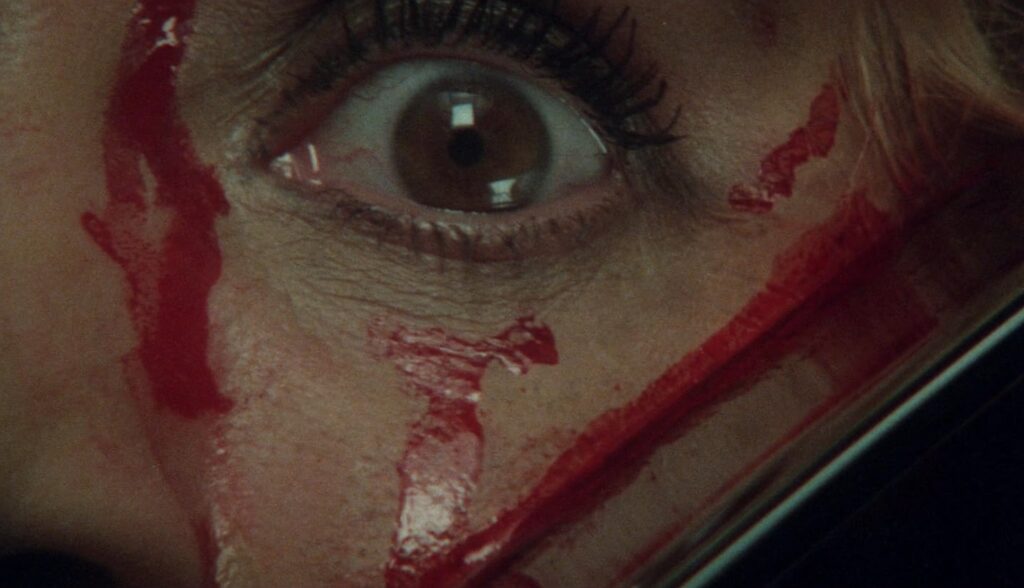
●Dressed to Kill (1980) …Brian De Palma does more than pay homage to Hitchcock, he rips off Hitchcock, but does it so well in a modern update of style and subversion, that it sets a standard for much of the horror and sexually-charged thrillers that would follow the next 20 years. Controversial for its time in its depiction of trans people, the film has come to be seen as a dark satire of hypocrisy and misogyny. And a mockery of modern psychiatry.
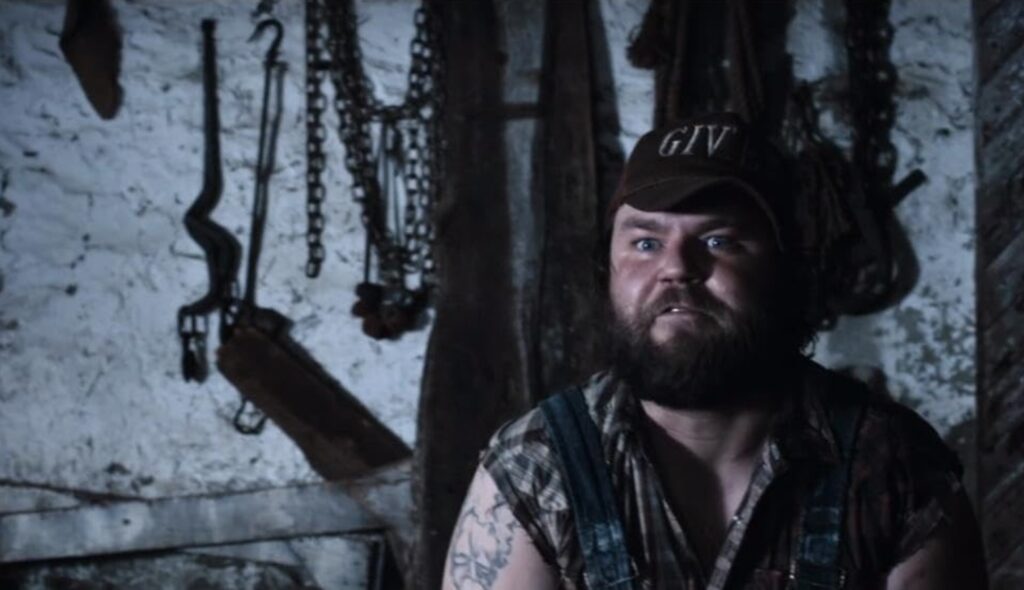
●Tucker and Dale Vs. Evil (2010) … A smart, effective and really funny parody of slasher films that was long overdue, but little seen on its release. A careful script and direction by Eli Craig are helped by the performances of Tyler Labine and Alan Tudyk, who not only know exactly how to play the joke, but give their hillbilly characters heart and likability.
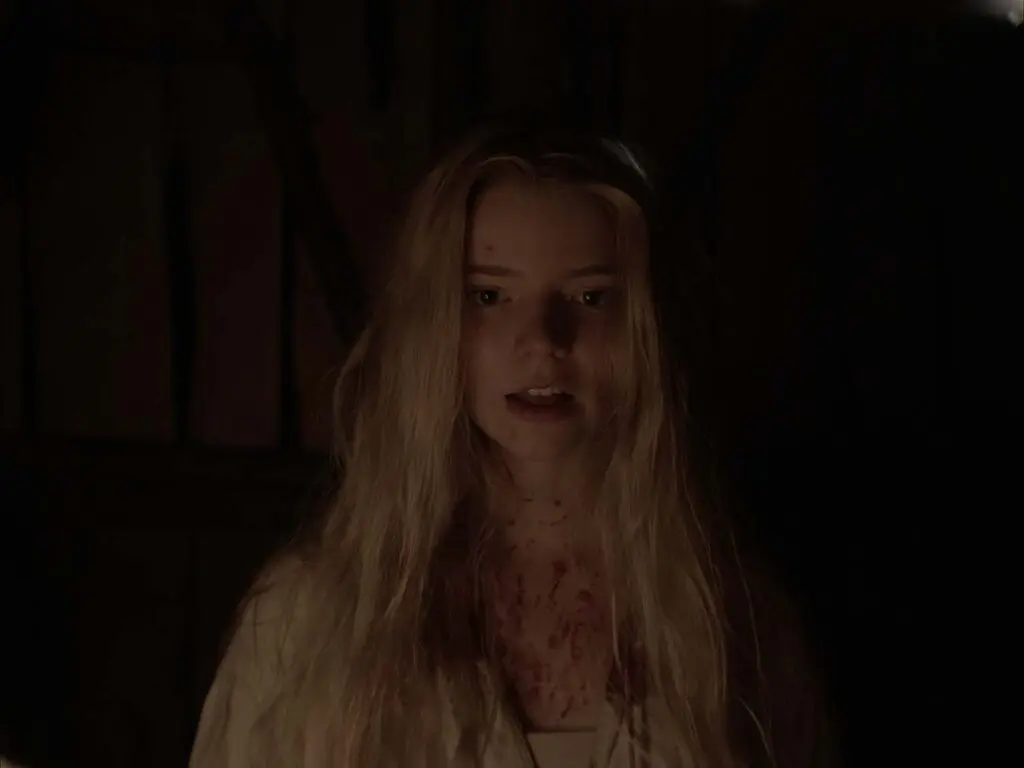
Credit: Photo by Rafy, Courtesy of A24
And here’s a bonus movie:
●The Witch (2015) …One of the greatest indie horror movies ever made. Attention to detail in a period piece about colonial-era New England creates a mood and atmosphere that drives slow-boil folk horror about religious extremism and a teen girl’s repression and ultimate ascendence. An indelible film debut by writer/director Robert Eggers and actress Anya Taylor Joy.


